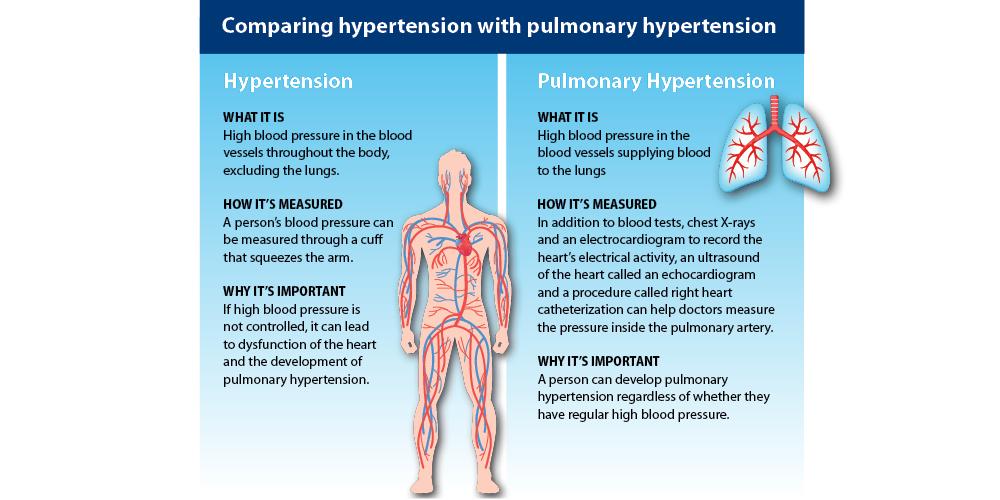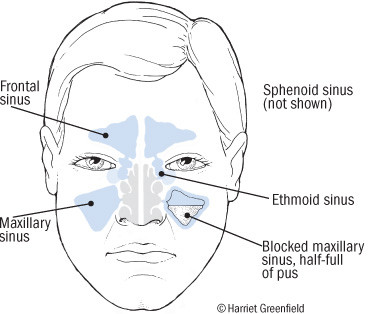Neck pain, also known as cervicalgia, is a prevalent issue, affecting two-thirds of the population at some point in their lives. Although the discomfort is felt in the neck, it can originate from various spinal problems. Neck pain may arise from muscular tightness in both the neck and upper back, or from pinching of the nerves.
In cases of cervical artery dissection, the neck pain experienced is unusual, persistent, and often accompanied by a severe headache. This type of pain, especially from a carotid artery tear, typically spreads along the side of the neck and up toward the outer corner of the eye. Meanwhile, a vertebral artery tear might feel like a sharp object is lodged in the base of the skull.
The nature of neck pain varies, with most acute pain being related to tissue injury and termed nociceptive pain. Chronic pain, on the other hand, is referred to as neuropathic pain. This type of pain might begin with a damaged or irritated nerve, but the pain signals eventually originate in the brain.
Sinusitis is another condition that can contribute to neck pain. Symptoms of sinusitis include increased pain when bending forward, nasal congestion, a thick, dark-colored nasal discharge, and possibly a foul taste or bad breath due to mucus dripping into the throat from the back of the nose. Loss of smell or taste may also occur temporarily.
The newly updated Special Health Report from Harvard Health titled “Neck Pain: A troubleshooting guide to help you relieve your pain, restore function, and prevent injury” describes various causes of neck pain. This report emphasizes that even without a clearly diagnosed cause, current treatments can effectively relieve neck pain and help in learning preventive measures.
It’s essential to determine the seriousness of neck pain. Grade 3 neck pain includes neurological signs or symptoms, such as nerve compression. In these cases, short-term symptom management, close monitoring, and imaging tests like CT, MRI, or electrodiagnostic tests are recommended for severe or progressive symptoms. Grade 4 neck pain indicates a major underlying issue, such as a fracture, myelopathy, or tumor.
Understanding and addressing the surprising causes of neck pain is crucial. The pain might stem from structural neck problems like arthritis or degenerated discs. However, often the cause is related to strains in the neck muscles, triggered by subtle factors in your daily routine. Knowing these culprits can be key in managing and preventing neck pain.

For more information, you can refer to the detailed articles and reports on these topics:
Neck Pain on Wikipedia.
When a Pain in the Neck is Serious by Harvard Health.
What Could Cause My Persistent Neck Pain? by Harvard Health.
Sinusitis by Harvard Health.
How to Soothe a Sore Neck by Harvard Health.
Neck Pain: A Troubleshooting Guide by Harvard Health.
How Serious is Your Neck Pain? by Harvard Health.
Say Good Night to Neck Pain by Harvard Health.
Surprising Causes of Neck Pain by Harvard Health.


